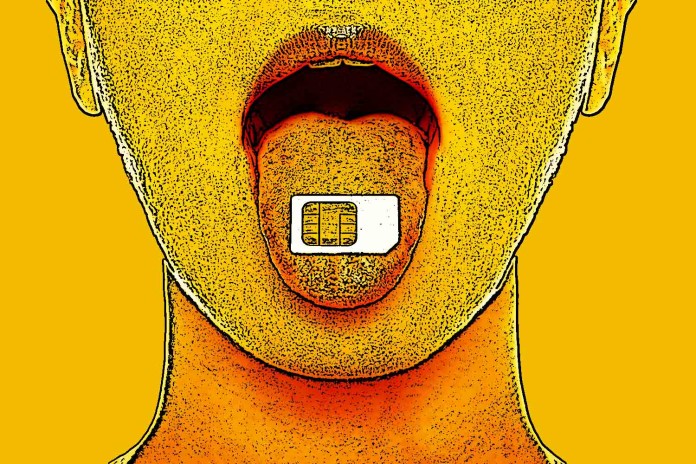
Google Project Fi, which is the company’s affordable wireless service, is coming to tablets powered by AT&T, Verizon and T-Mobile. On December 15, Google released a blog post that announced that all users need to get Project Fi on their tablets is an SIM card.

Google Project Fi Can Now Connect to Nexus 7 or Even the iPad Air 2
Project Fi works by using a combination of T-Mobile and Sprint’s cellular network as well as other local Wi-Fi networks. The fact that they now support tablets indicates that Google is looking to seriously infiltrate the wireless industry. Not only that but all Google Project Fi services are 100% free.
Google is even supporting Apple devices, which is a seriously gutsy move. Google Project Fi is a much cheaper alternative to pretty much any other network provider. Companies like AT&T and Verizon usually even charge an extra fee for connecting a tablet to any plan, so this is a huge advantage to people who want to stay connected while away from Wi-Fi hubs.
Google Project Fi Wants to Connect as Many Devices As Possible, Even if it Means Competing Against Verizon and AT&T
Project Fi subscribers won’t pay an extra cent to add tablets to their plans. Phones and tablets with the service will be able to connect to T-Mobile network when they’re out of range for any other network. Tablets won’t be able to access the voice network for obvious reasons, but this gives customers from any carrier the chance to get network connectivity at nearly no additional cost.
All users have to do is get a data-only SIM, and put it into their device. From then on, they can connect to Google Project Fi and go forth. Customers will pay $10 per gigabyte of data used every month after that. Other telecommunication companies charge $10 to add tablets to a plan, so this is a really great deal.

Project Fi Will Roll Out to Five Tablets At First
According to the blog post, the service will start out on the Nexus 7, Nexus 9, iPad Air 2, iPad Mini 4 and the Samsung Galaxy Tab S. This means that Google is going to be indirectly battling two of its greatest rivals: Samsung and Apple. Having connectivity to the Nexus is an obvious move, but heading for Apple and Samsung territory will certainly turn a few heads.
Google’s Project Has A Lot of Room to Grow
Naturally, the service isn’t perfect. Tablets connected to Project Fi can’t use their devices as mobile hotspots. The SIM cards that will be used with these devices can only be used by Project Fi subscribers. Subscription costs $20 per month and includes voice and text services. A data-only SIM will allow for up to 9 devices to connect to a single service.
Will Project Fi Replace Telecommunication Companies as We Know Them?
Google is attacking the wireless industry mercilessly. Project Loon is going to the most unconnected countries in the world and Project Ara bringing around the most versatile smartphone ever made. Project Fi is the next logical step in connecting the world in a more affordable and more efficient way.

Project Ara and Project Fi Can Be Expected to Collaborate
It’s likely that if and when Google Ara smartphone hits the market that it will be the first to feature Project Fi network connectivity. It’s not certain how much the technology may develop by then. Google may choose to end the partnership with Sprint and T-Mobile to form a network of its own, maybe even with the help of Project Loon.
Read: Project Ara Could Crush the iPhone 7
Read: Google Fiber is Far Behind Google Project Loon in India

The key to the equation is that Google isn’t outwardly looking to replace any telecommunication companies. They’re looking to collaborate until they can stand their own ground, in which case they only hope for friendly competition. At least, that’s what their press suggests.

















